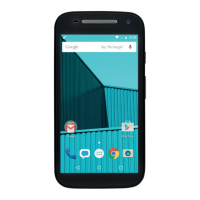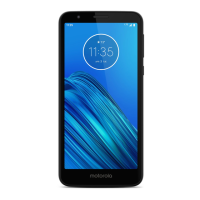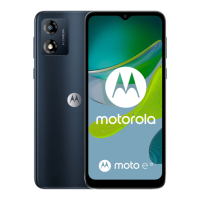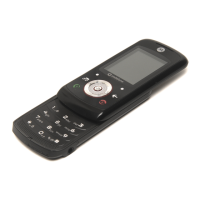About your home screen
You see the home screen when you turn on and unlock your phone or touch .
You can add more pages to the right as needed. To add a page, drag an app shortcut to the edge of the
current page and place it on the new page.
Swipe right or left to move between pages.
Here are the parts of your home screen:
1. Status bar: Displays the time and icons that tell you about your phone's battery and network
connections. Swipe down to see your notifications and quick settings.
2. Widget: Your phone comes with this widget, but isn't intended for other resource-intensive widgets
because it runs Android Go, which is optimized for limited hardware resources. To add widgets, even if
they reduce your phone's performance, install a launcher that supports widgets for Android Go.
3. Shortcut: You can add shortcuts to open apps you use frequently.
5. Favorites tray: Provides one touch access to your most-used apps from any home screen page. You can
customize which apps appear here.
6. Navigation:
takes you back one screen.
returns you to the home screen from any app.
lets you switch between recent apps.
Note: If you don't use these buttons often, they may shrink to dots or fade away, depending on the
current app. To bring them back, touch their location.
7. Folder: Add folders to organize app shortcuts.
Learn the basics
11
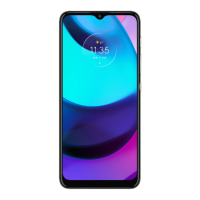
